
Many people enjoy riding theirbicycle for recreation or just pure pleasure. During the autumn and the wintermost of the people are not able to get out and cycle because of the weather andclimate changes. In spring time the weather gets better and those passionateriders cannot wait to ride. However, this is the period when they are mostprone to injury or injuries. This happens mainly because of over-stressing ofcertain body part, in most cases hips or knees. There are a few tips aboutadjusting your bicycle and your body's position so as to prevent any injuriesfrom taking place while you are riding and to ensure that you get the most outof this activity.
Most injuries and strains whilecycling involves a certain tissue connecting our knees to our hips. This densetissue band is called the IT band and this mostly gets injured or strained toomuch by the inadequate position of our body while cycling.
This can be prevented easily, bymore setup of the bicycle itself. In most cases, it involves setting up the heightof the seat. If the seat is too low or too high there is an unnecessary stresson the knee and the IT band causing pain and discomfort. One of the good ways ofdetermining the correct height of your seat is to place your feet on the pedalsand position them on 6 o' clock. Having that done, observe the lower legposition and the Flexing on the knee. It should be around twenty percent flexedin order to be ideal for pain-free cycling. If the knee is too flexed, cyclingwill damage the IT band. On the other hand, and if the knee is too stretched, hipswill have to be moved up and down to enable the legs to reach fully to the pedal.While riding, one should avoid hip movement and concentrate only on legmovement. If that is not possible, seat setup often makes it so.
Seat setup is also veryimportant and one must be more clear than that are correctly adjusted. The ball ofour foot should be right above the axle of the pedal, so seats should be madeto support that.
Straining while riding may alsobe caused by the anatomy of the rider him or herself. If you have anydisproportions in the length of your legs, or any previous injuries making itharder for you to cycle, adjust the bicycle to suit your riding, rather than tomake you suffer while you are at it. And the best advice is, perhaps, take iteasy and go gradually, one step at a time.


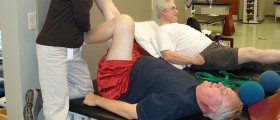

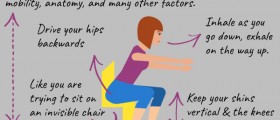
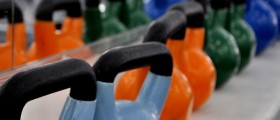
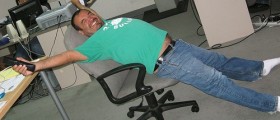
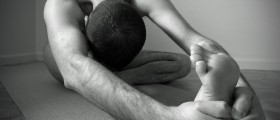

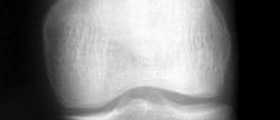
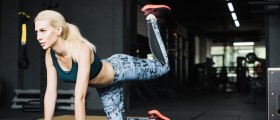
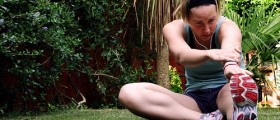

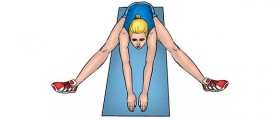


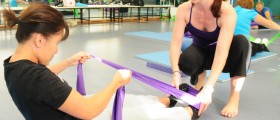
Your thoughts on this
Loading...